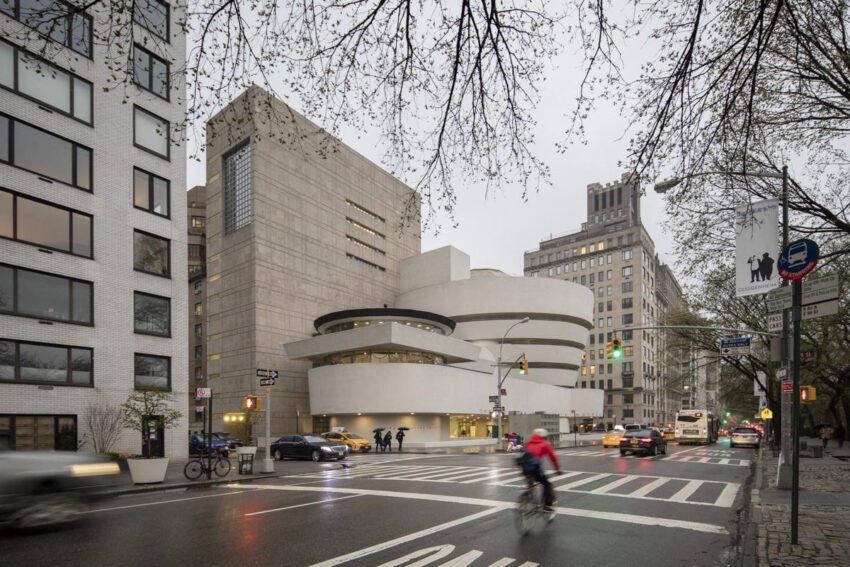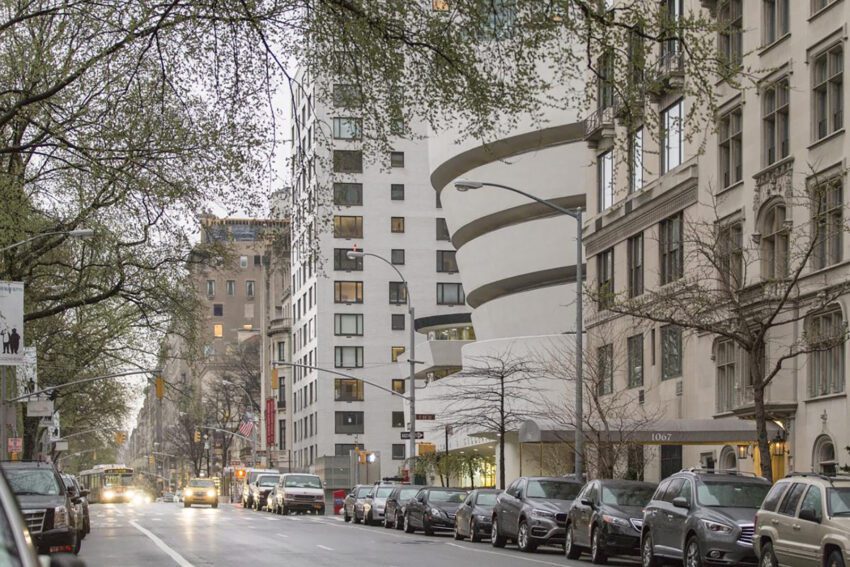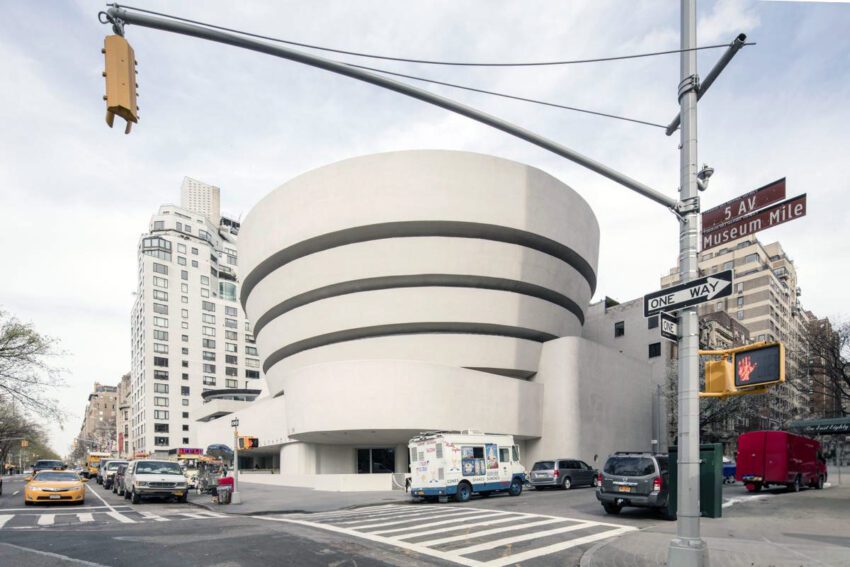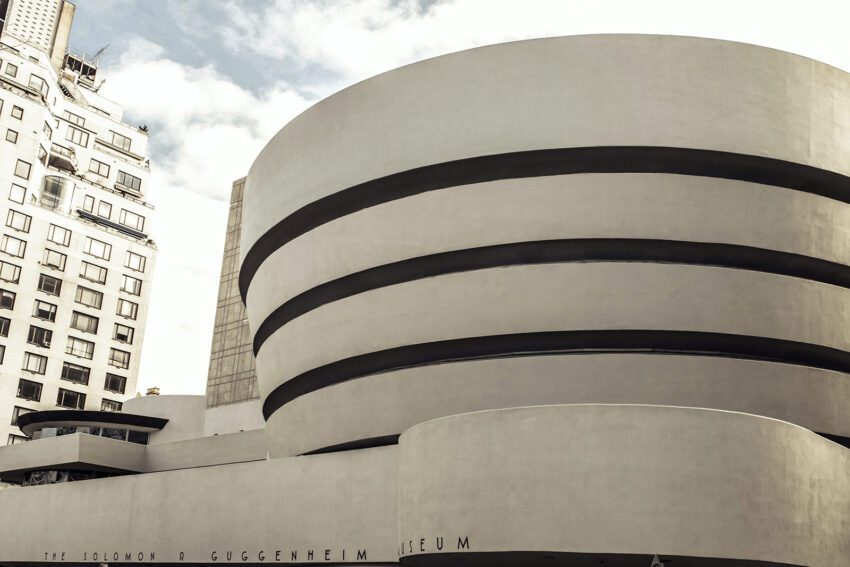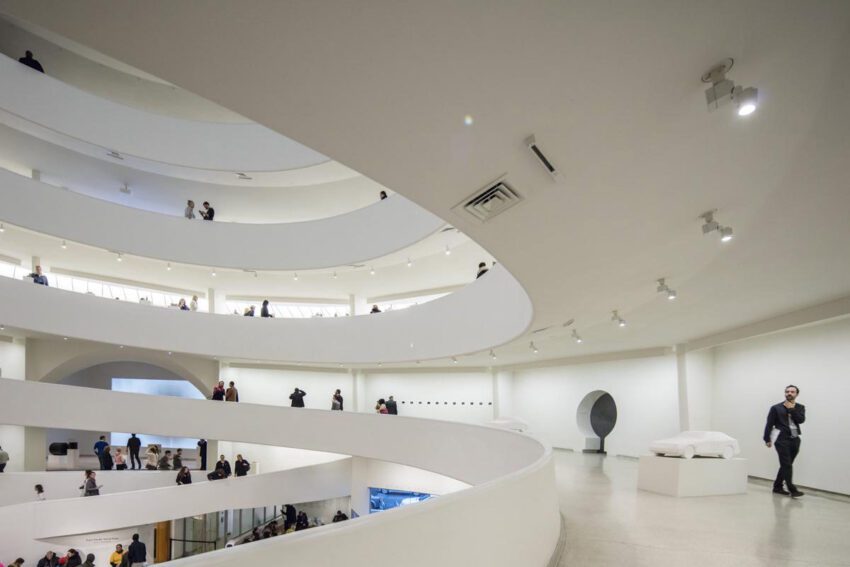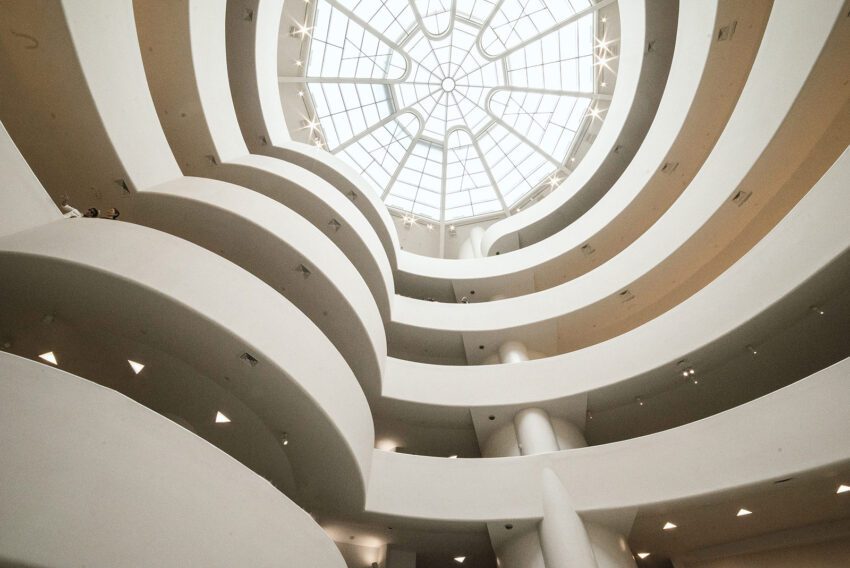Frank Lloyd Wright’s architecture, one of the most revered architects in the history of the United States, articulates an inextricable blend of ingenuity, form, and functionality. His structures transcend beyond just the built environment into the realm of experiential creation. Among his more than 500 completed works, one standout creation reverberates through time: the Solomon R. Guggenheim Museum in New York City. This masterpiece not only redefined the perception of museums but also validated Wright’s place as an iconoclast in architectural design.
The Guggenheim Museum Technical Information
- Architects: Frank Lloyd Wright
- Location: 1071 Fifth Avenue at 89th Street, Manhattan, New York, United States
- Topics: Museums, Modernism, Unesco
- Height: 28 m | 92 ft
- Project Year: 1956-1959
- Photographs: © Various photographers, See Caption Details
I can see the Guggenheim building in the mind’s eye as plainly as though it were to be built tomorrow. That’s how all buildings should be done. If not, they’re better not built.
– Frank Lloyd Wright1-2
The Guggenheim Museum Photographs
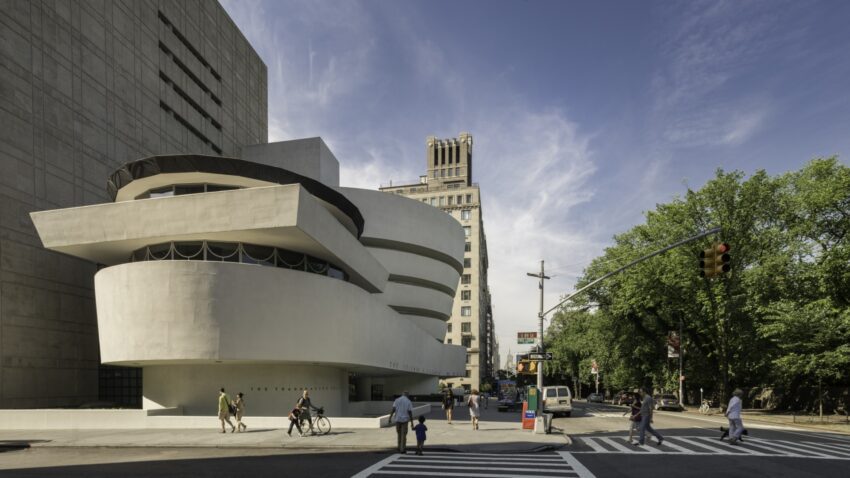


Frank Lloyd Wright: An Architectural Maverick
Frank Lloyd Wright was an American architect who pioneered the philosophy of ‘organic architecture.’ Wright’s ideology was grounded in the belief that a structure should be in harmony with humanity and its environment, a concept that reshaped twentieth-century architecture. His designs for homes, offices, schools, churches, and museums portray an innovative interpretation of these settings, changing our interaction with architectural space.
Wright’s approach to architecture was fundamentally human-centric. His structures were not mere brick and mortar, but living spaces that responded to their environment. This notion guided his creation of ‘Usonian’ homes, marked by their affordability, functionality, and incorporation of natural elements. These ideologies were carried forward into his public works, among which stands the emblematic Guggenheim Museum.
The Solomon R. Guggenheim Museum: A Structural Revolution
In the late 1940s, Wright was commissioned to design a building for the Guggenheim Foundation’s growing collection of modern art. From inception to completion, the project spanned over a decade and a half, providing Wright with the platform to present his unique architectural language on a public stage.
Eschewing the traditional approach of compartmentalized, rectilinear exhibition spaces, Wright opted for a continuous, spiraling ramp around a central atrium. This design challenged the status quo, creating a museum that was itself a work of art. The exterior of the building mirrored this spiraling form, with a curved, white concrete façade presenting a dramatic contrast to the surrounding cityscape.
The visitor’s experience was central to Wright’s design. He imagined a new kind of museum visit, where patrons would take an elevator to the top of the building and descend along the spiral, viewing artworks along the way. This unprecedented layout provided a seamless, uninterrupted journey through the museum, allowing for a contemplative and immersive exploration of the exhibits.
Reflection of Organic Architecture in Guggenheim Museum
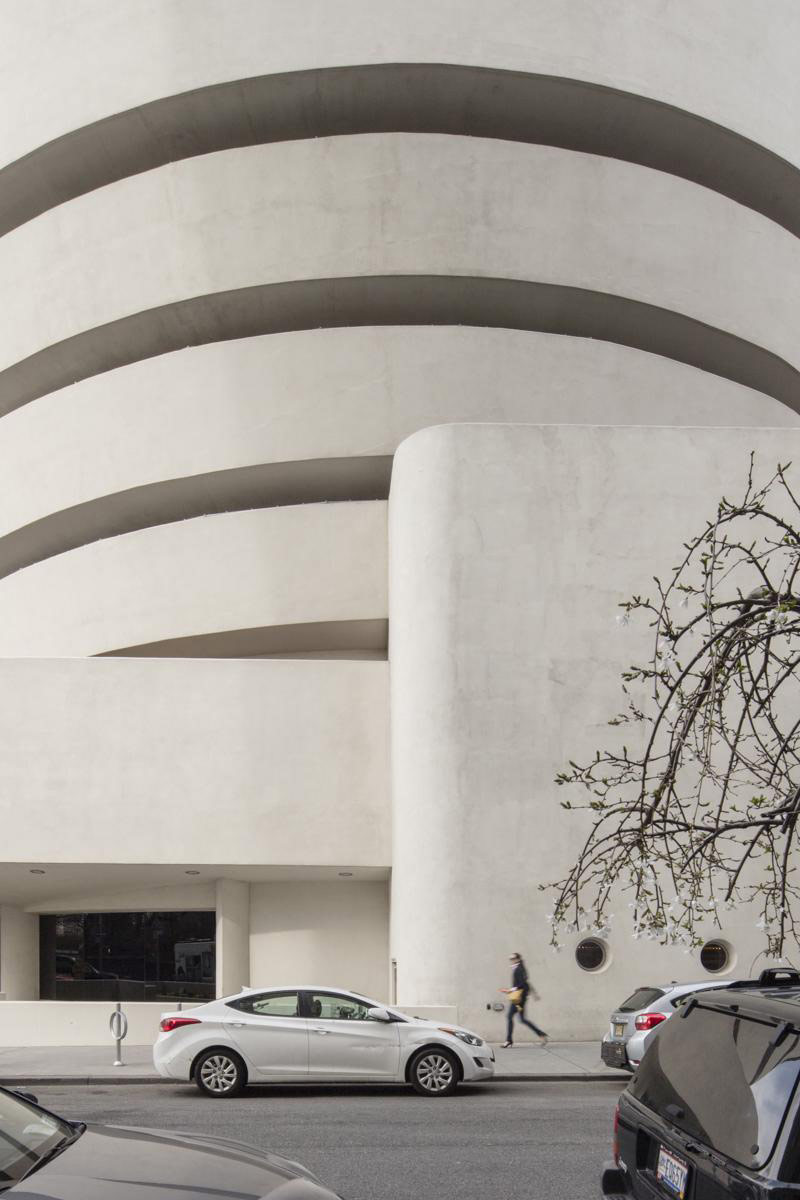
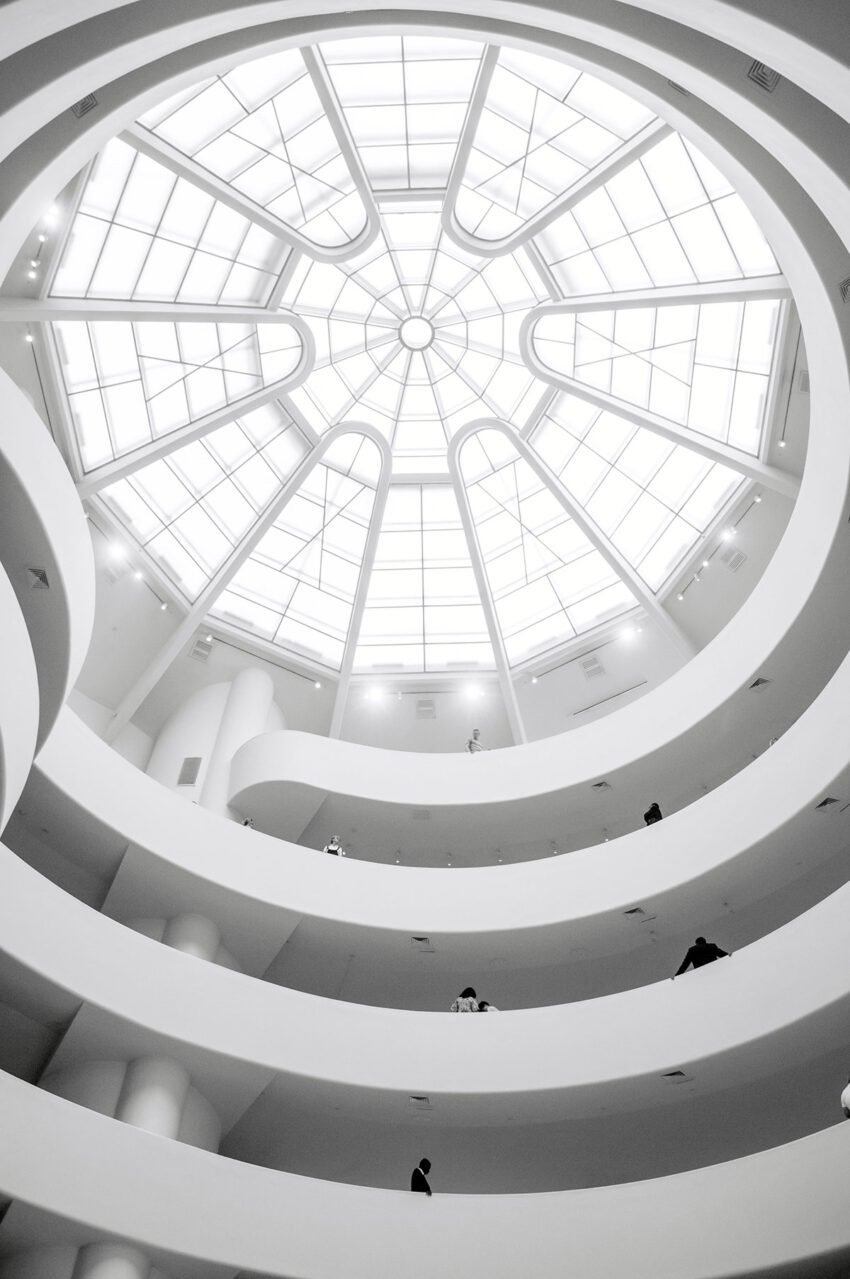
As a practitioner of organic architecture, Wright ensured the Guggenheim was deeply integrated with its urban surroundings. The cylindrical form of the museum provides a stark but fitting contrast to the orthogonal nature of its Manhattan context, mirroring the organic unpredictability found in nature. The curves of the museum reflect Wright’s vision of organic architecture, where the form responds not only to its physical environment but also to the cultural and social context in which it resides.
Inside, the museum embodies Wright’s philosophy of unity and interconnection. The continuous ramp envelops the central void, symbolizing the unity of space and the continuity of experience. The oculus skylight and interior are clad in warm natural hues, creating an intimate environment that allows the artwork to take center stage.
The Global Impact of the Guggenheim
While the Guggenheim is distinctly American in its design and function, its influence has been felt across the globe. Wright’s revolutionary design concept inspired architects worldwide to reconsider the traditional design of museums and other public spaces. Architects such as Zaha Hadid, Daniel Libeskind, and Frank Gehry have since created dynamic, fluid spaces that challenge the standard notions of form and function, reflecting the impact of Wright’s groundbreaking design.
The Guggenheim has also impacted global perceptions of modern art and its presentation. Its dynamic spiraling form serves as a visual metaphor for the evolution of modern art, embodying the concept of art as a journey rather than a fixed point. This perspective has influenced the design of many subsequent art museums, making Wright’s masterpiece a pioneering model for the architecture of cultural institutions.
Preserving Wright’s Masterpiece
The Guggenheim Museum has been recognized as an architectural landmark by the city of New York and has been designated a National Historic Landmark in the United States. As we look towards the future, it is important to maintain and protect this iconic structure. The preservation and maintenance of the museum continue to be critical areas of focus, ensuring that future generations can appreciate Wright’s architectural genius.
To this end, the Guggenheim Foundation undertakes regular maintenance and renovation works to keep the building in prime condition. In 2005, a significant restoration project was completed, which included the repair of the concrete façade and the refurbishment of the interior spaces. These restoration efforts aim to respect Wright’s original design while incorporating necessary modifications to meet contemporary safety and accessibility standards.
Today, the Guggenheim Museum continues to be a beacon of innovation and a symbol of modern architecture. Wright’s pioneering spirit is still reflected in every curve of the building and in each visitor’s journey through its spiraling ramp. His enduring vision for the Guggenheim continues to inspire architects, artists, and admirers worldwide, confirming his legacy as one of the greatest architects of the 20th century.
The Guggenheim Museum Plans
The Guggenheim Museum Image Gallery






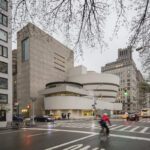

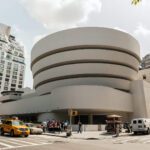
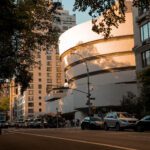
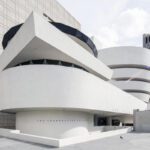

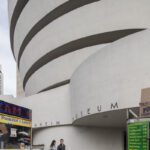
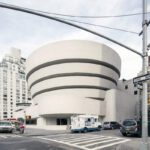




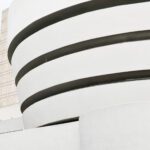



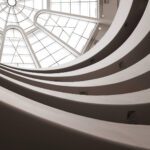
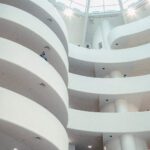




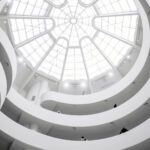
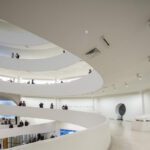
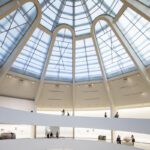
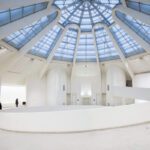






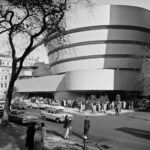
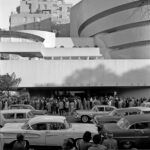
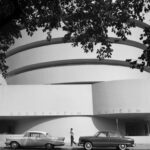
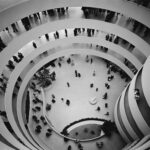




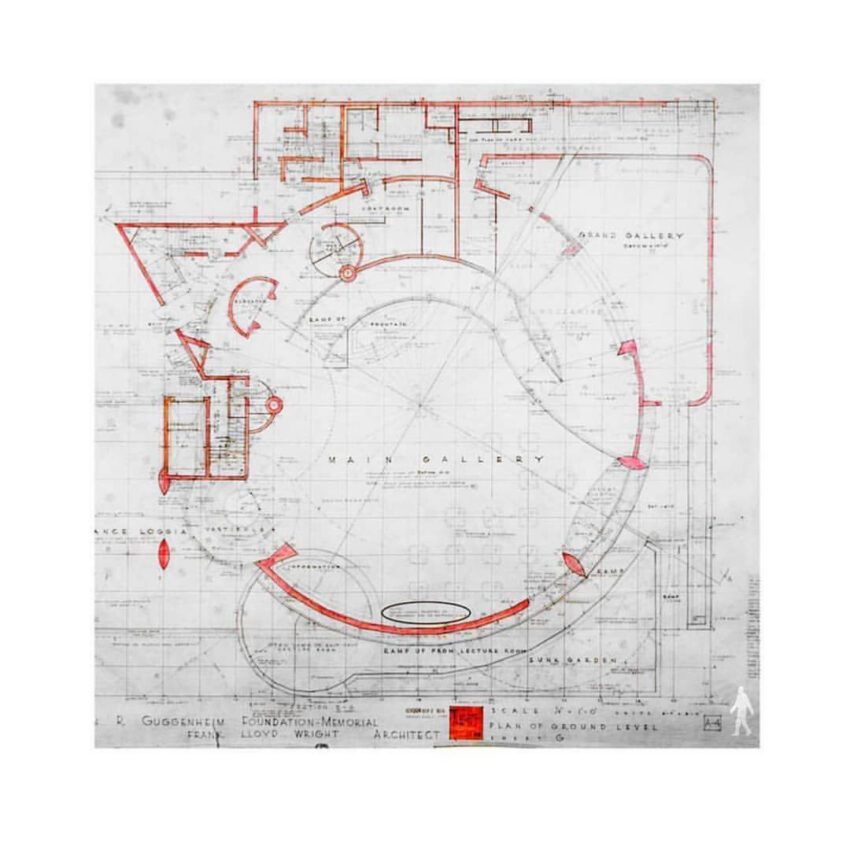
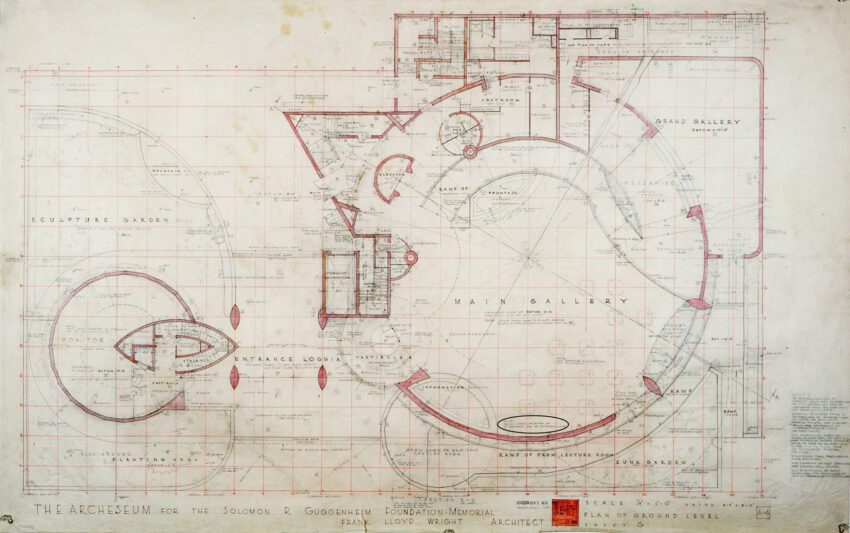
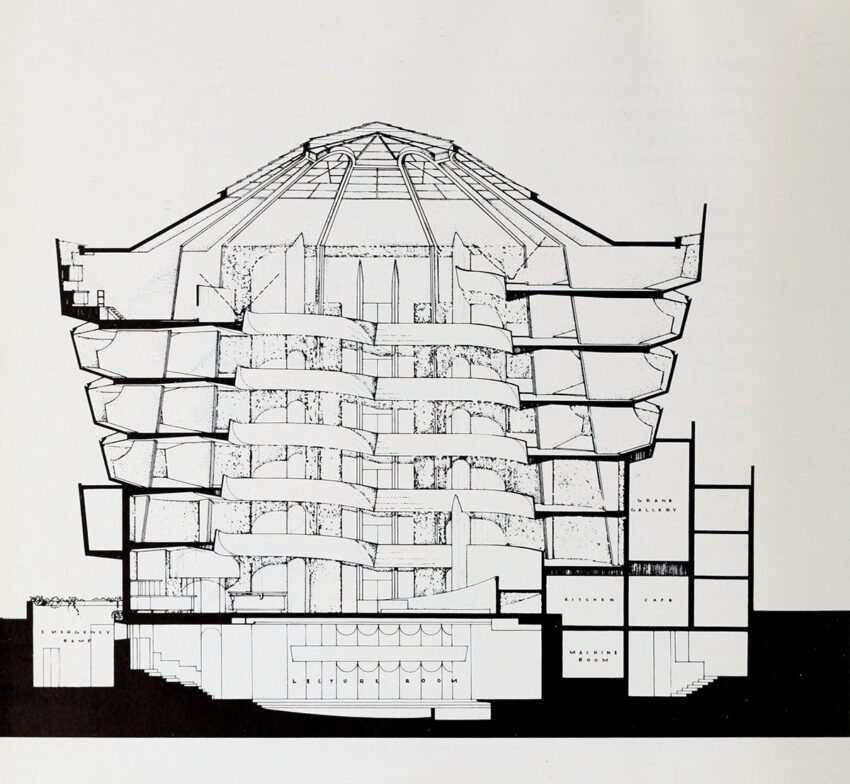
About Frank Lloyd Wright
Frank Lloyd Wright (1867–1959) was an iconic American architect, interior designer, writer, and educator who designed more than 1,000 structures over his seven-decade career. Known for his philosophy of “organic architecture,” which emphasized harmony between human habitation and the natural world, Wright pioneered the Prairie School movement and was a forerunner of the mid-century modern movement in architecture. His most well-known works include Fallingwater, a house in rural Pennsylvania, the Guggenheim Museum in New York City, and the Robie House in Chicago. Wright’s groundbreaking design approach, innovative use of materials, and commitment to creating spaces that were in tune with their surroundings have cemented his legacy as one of the greatest architects in history.
Works from Frank Lloyd Wright
- The quote emphasizes Wright’s vision and confidence in his innovative design for the Guggenheim Museum. His belief that a building should be conceived in the mind before it takes physical form encapsulates his overall philosophy of organic architecture.
- The Guggenheim: Frank Lloyd Wright’s Iconoclastic Masterpiece by Francesco Dal Co

